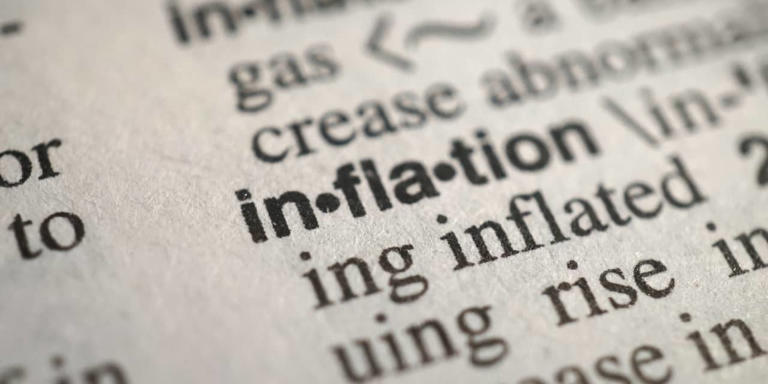Traders are currently anticipating a continuation of the trend seen in recent months, with inflation rates expected to remain between 3.2% and 3.4% for the next five months. This outlook is based on the consistent pattern of the Consumer Price Index (CPI) reporting figures at or above 3%. While the Federal Reserve typically focuses on core readings from the personal-consumption-expenditures index (PCE) to assess inflation trends, CPI figures still hold significance due to their influence on consumer expectations. Household perceptions of inflation can impact spending behavior and investment decisions, making CPI an important metric for policymakers to consider alongside the Fed’s preferred indicators.
Despite concerns about inflation, the unexpectedly strong March jobs report was received positively by traders, investors, and analysts. This suggests a prevailing sentiment that inflation may not pose a significant threat in the near term, contributing to stability and confidence in the market.
Several factors are shaping the current economic landscape, according to Gang Hu. First, the significant fiscal support provided by the government, including the $1.2 trillion package signed into law by President Joe Biden in March, is bolstering economic activity and employment. Additionally, a surge in immigration has contributed to job growth, providing additional labor force participation and supporting economic expansion without overheating. However, there exists a division among American businesses, with larger technology companies positioned as winners due to their resilience to interest rate fluctuations, while smaller companies and consumers may face challenges, particularly regarding higher interest payments.
Despite concerns about inflation, asset prices are expected to continue climbing. Major technology companies, less sensitive to interest rate changes, are likely to benefit. Conversely, smaller businesses and consumers may experience greater challenges, including increased interest payments, which could impact their financial health.
The current economic landscape poses challenges for the Federal Reserve. While policymakers aim to achieve their 2% inflation target, the current environment presents complexities. The divergent impacts on different sectors of the economy may complicate decision-making regarding monetary policy.
While the first quarter saw record highs in the stock market, April began with some market instability. Despite the positive reaction to the March jobs report, all three major stock indexes ended the week lower. Additionally, Treasury yields and oil prices rose, indicating ongoing market volatility and uncertainty.
In summary, the analysis highlights the multifaceted nature of the current economic environment, characterized by persistent inflation concerns, fiscal support measures, and differential impacts on various sectors of the economy. This complexity presents challenges for policymakers and investors as they navigate market dynamics and plan for the future.
